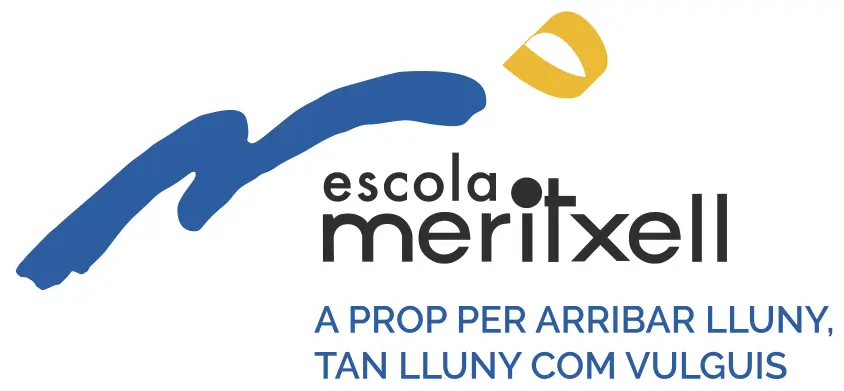Lunch break, much more than just having lunch – Meritxell School
Our idea is that the students’ lunch break at school should be similar to the time they would spend at home. We would like this space to be a break from the attention and effort of the school tasks, a time for children to relax and allow them to restart the afternoon classes with energy and willingness.
We understand the monitor’s task very much linked to the education of children, following healthy eating habits and creating a gastronomic culture which is part of our cultural environment.
Apart from eating well, children may choose between playing, reading, relaxing, singing, listening to stories, playing table-tennis, playing other sports and many other activities.
Children have year-round or occasional activities to choose from, and they also have the option to participate or even suggest different workshops. Each “playing corner” is supervised by a monitor.
The workshops are organised by the monitor’s team, under the supervision of the Center Coordinator, Mrs. Elena Garcia, and the Educational Psychologist Coordinator, Mrs. Susana Fernández.
The monitors receive regular training to learn and improve their children care duties and the dynamics of leisure time during the lunch break at school.
LEISURE ACTIVITIES
Year-Round playing corners
This spaces are dedicated to activities which take place all year round. We believe it’s important to have a minimum of two “playing corners”:
- One to promote physical activity, placed at the outdoor court. We play sports using a ball, and do competitions or championships.
- One to promote relaxing activities. We have children playing construction games, table games, symbolic games, reading or listening to stories.
Occasional playing corners
This spaces are occasionally created to give more playing options to students, and gives them the possibility to broaden up their daily game options.
Workshops
The workshops enrich the “playing corners” and they are the most successful ones. They are created all year long and they come from students’ and monitors’ suggestions.
